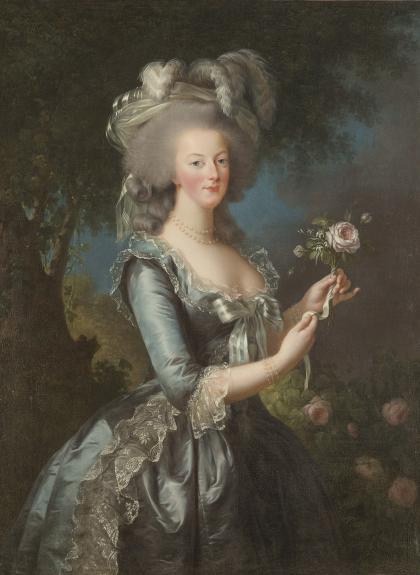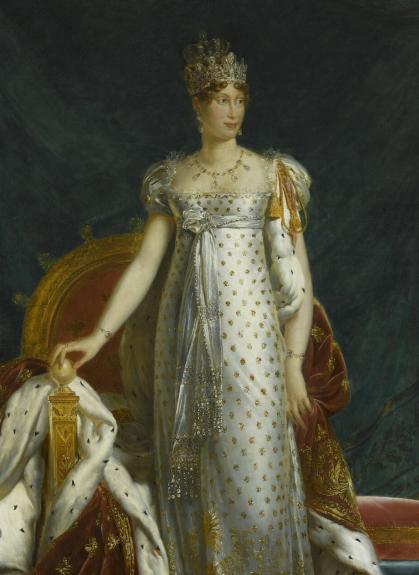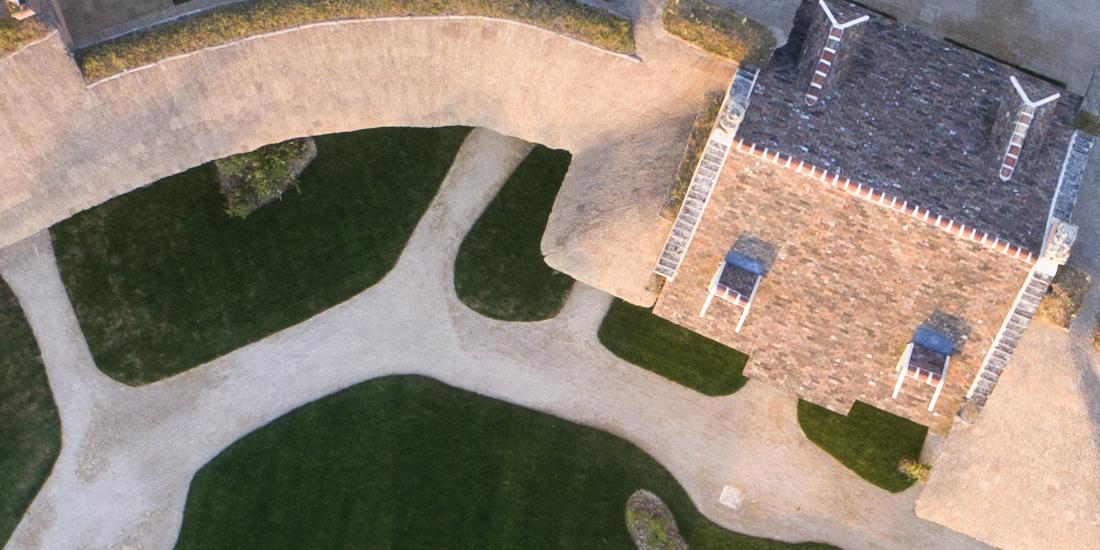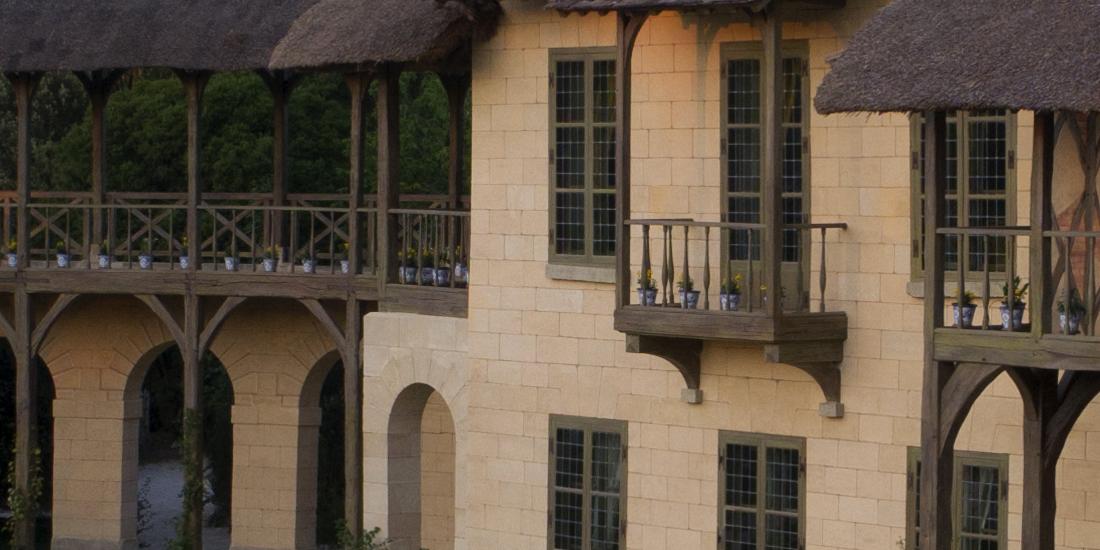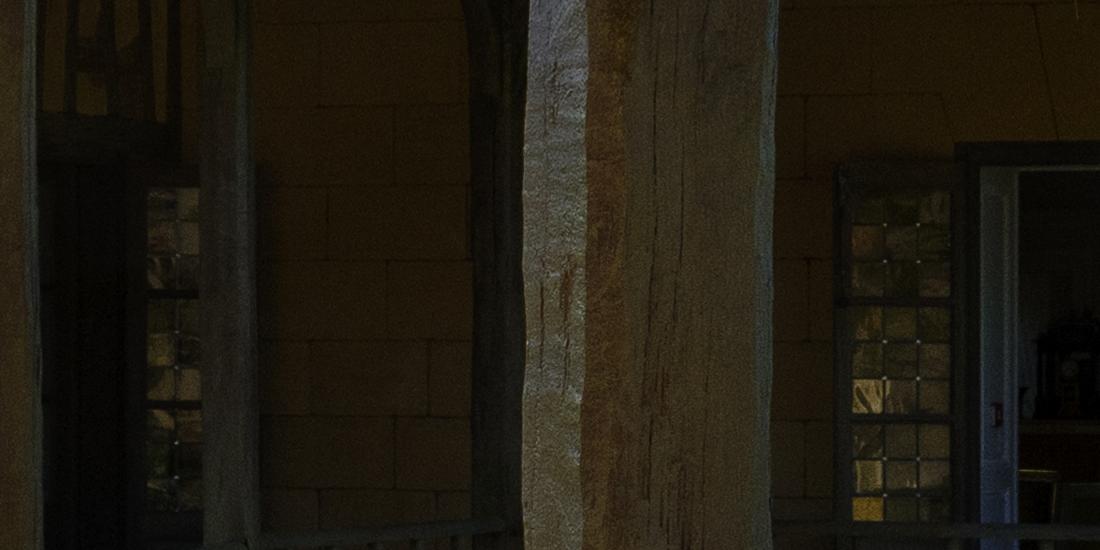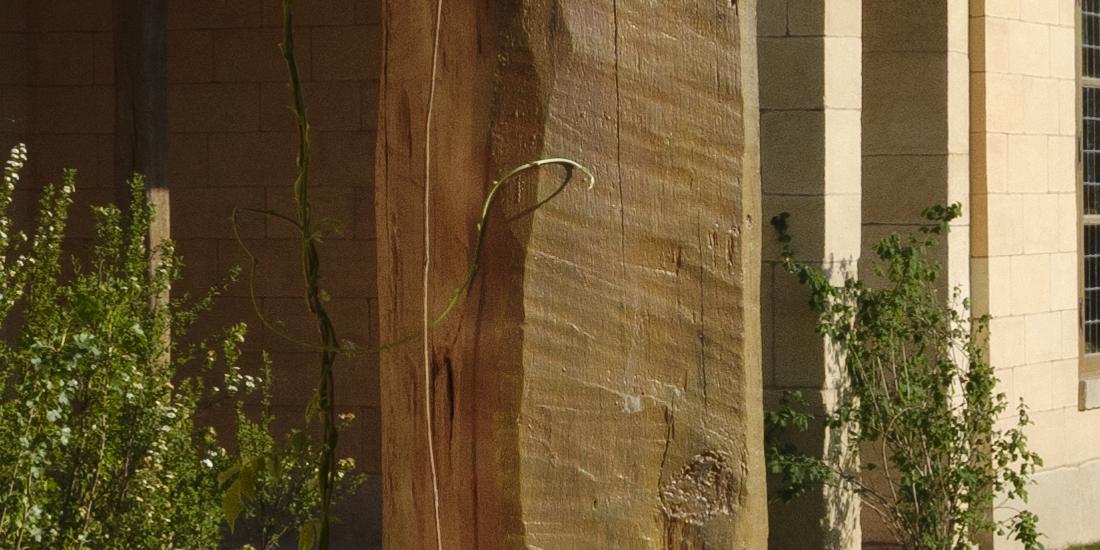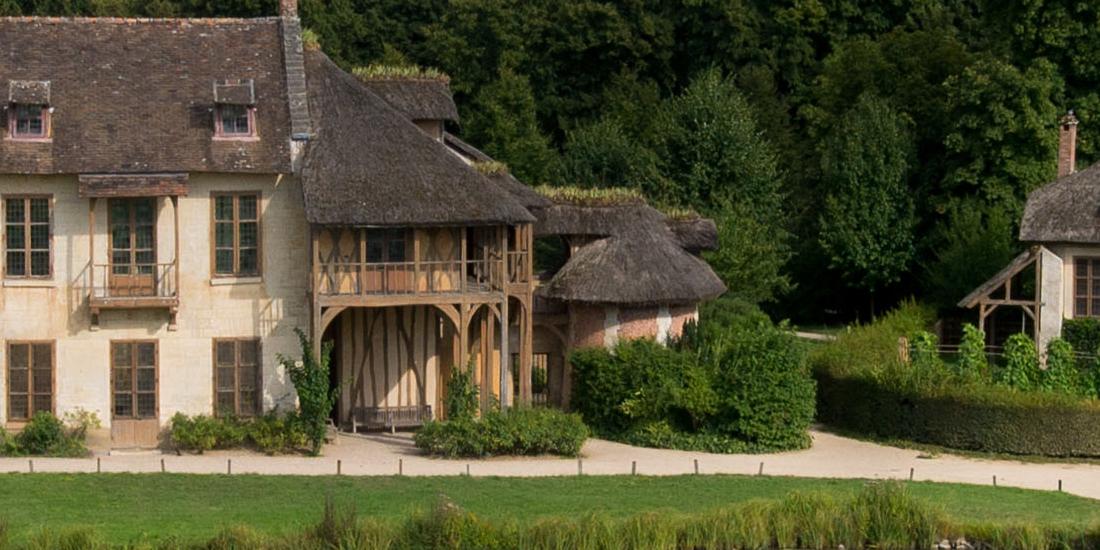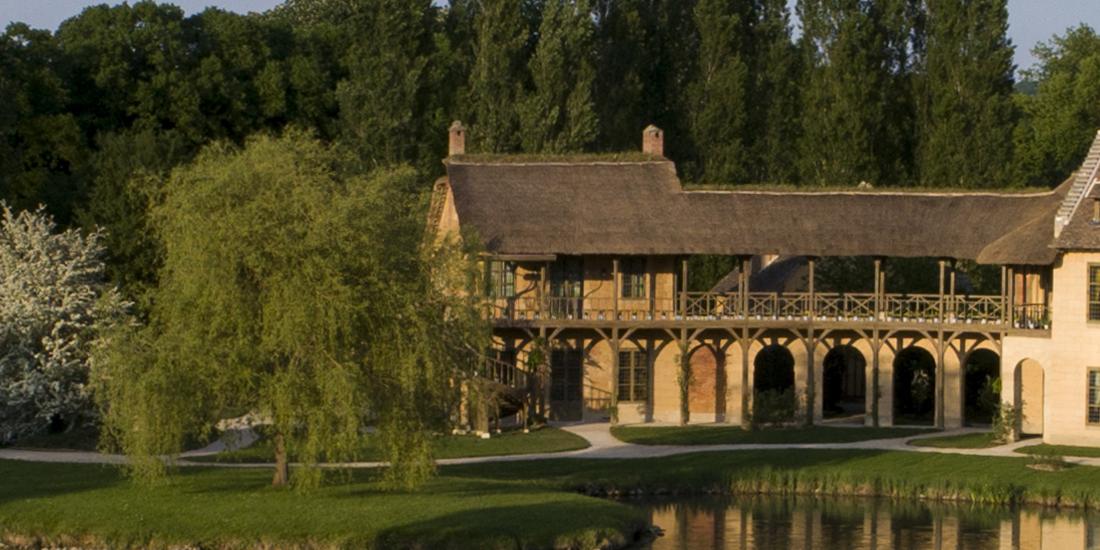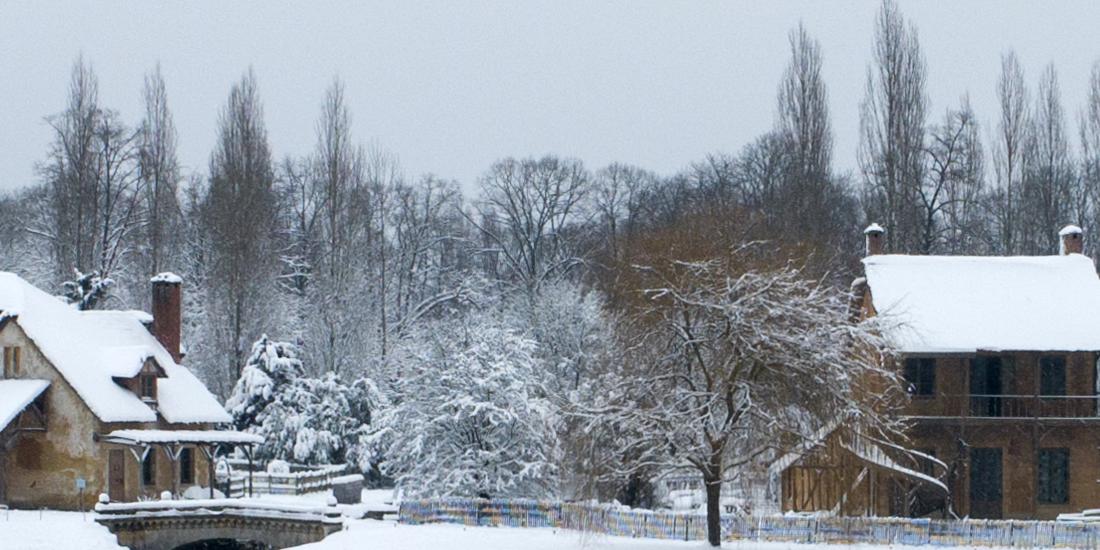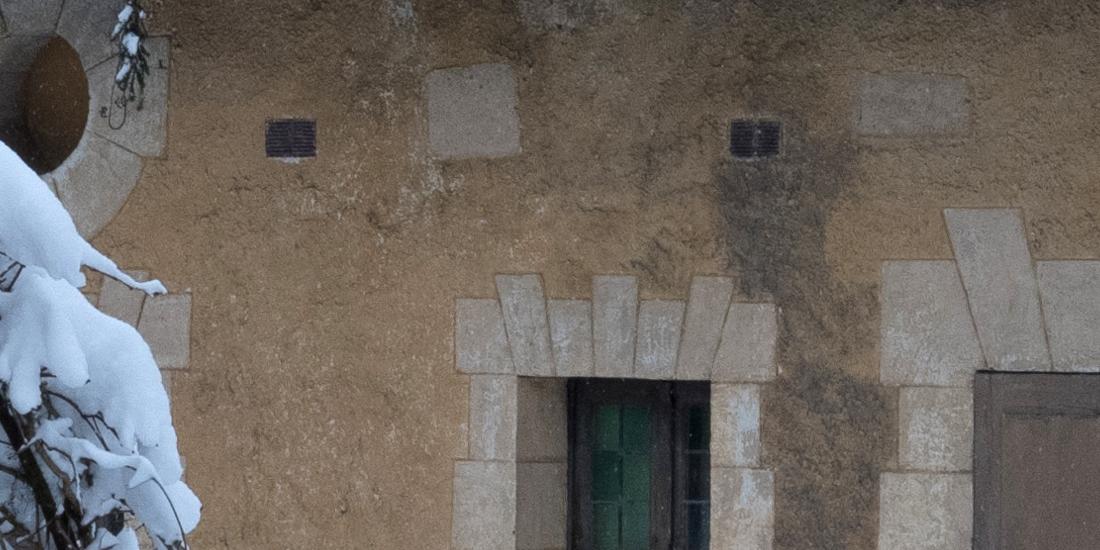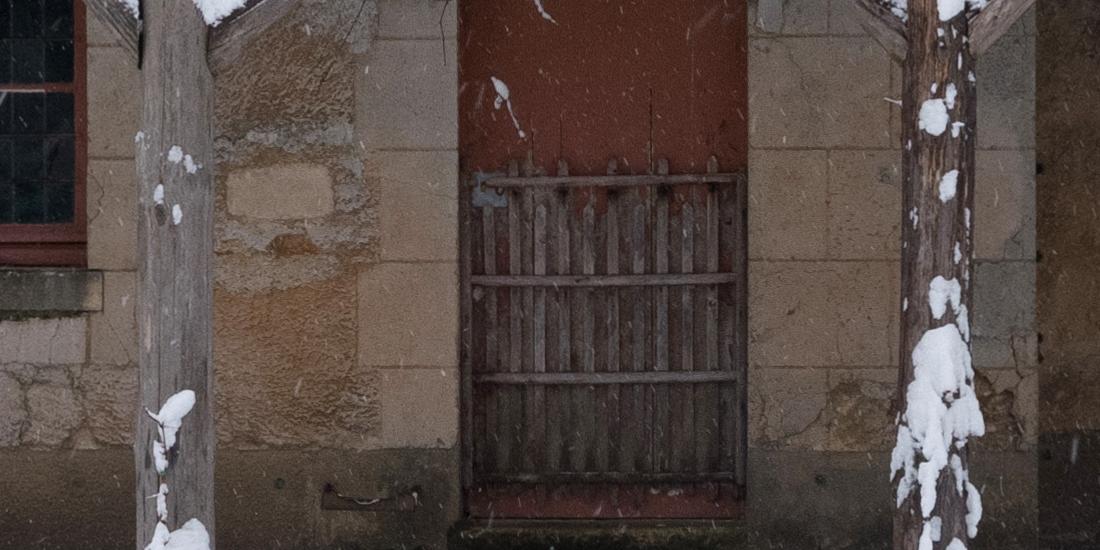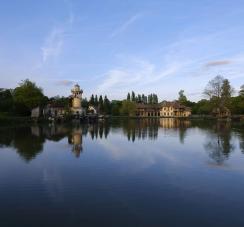In 1783, Queen Marie-Antoinette decided to extend the northern part of the Trianon gardens. She commissioned the architect Richard Mique to build the Hamlet, a little village set around a lake. It was composed of ten small buildings with a rustic appearance and took inspiration from picturesque architectural drawings by the painter Hubert Robert. This was in line with the idea of going back to nature, a popular trend at the end of the 18thcentury.
The central part of the Hamlet was reserved for the Queen’s personal use. Three buildings make up this part: the Warming Room, the Boudoir and the Queen’s House, the most imposing building in the Hamlet. The latter is in fact composed of two separate houses connected by a covered walkway. On the right is the queen’s house and on the left, the games house. The rustic exterior of the houses contrasts with the refinement of the interior decoration.
The mill, dovecote, guard house, barn, working dairy, model dairy, Marlborough tower and farm were used for agricultural purposes or for service functions. Several people lived here, including the head gardener and the guard responsible for the Queen’s safety.
Marie-Antoinette, who loved to get away from the Court of Versailles, was very fond of the Hamlet, a place where she could enjoy walking and hosting small gatherings. The agricultural and horticultural experiments carried out here were also an important part of the royal children’s education.
During the Revolution, the place was left abandoned. The buildings had only ever been short-term constructions, and they soon deteriorated. In 1810, Napoleon I began work to restore the Hamlet. The barn and the working dairy were demolished as they were in an advanced state of disrepair, while the other eight buildings were restored to their former state. Once the Hamlet had been restored, Napoleon I gave it to his second wife, the young Empress Marie-Louise of Austria. This gift was a very symbolic one, as Marie-Louise was herself the great-niece of Marie-Antoinette.
Restoration of the Queen’s House
The Queen’s Hamlet is somewhat like a stage set and when it was designed and built it was never expected to last more than a decade or two. The fragile constructions did not stand up well to the ravages of time and a succession of restoration projects have been carried out to maintain them.
Between 2015 and 2018, the Queen’s House and the Warming Room underwent a major restoration project. The work entailed stabilisation of the structural parts and complete restoration of the masonry, framework and roofing. Some of the most impressive aspects of this operation are the restoration of the interior decor and refurnishing of the Queen’s House.
The refurnishing involved returning items originally commissioned for the Queen’s House. As the furniture selected by Marie-Antoinette was scattered during the Revolution, it is the furnishings commissioned for Empress Marie-Louise in 1810 that are today being returned to the Queen’s House.
The style of Marie-Louise’s furniture and decoration is fairly similar to Marie-Antoinette’s. Both are characterised by great elegance, although there was a stronger emphasis on Antiquity in Marie-Louise’s decoration. The large yellow salon, the centrepiece of the Queen’s House, perfectly illustrates the imperial elegance of the time of Marie-Louise.

